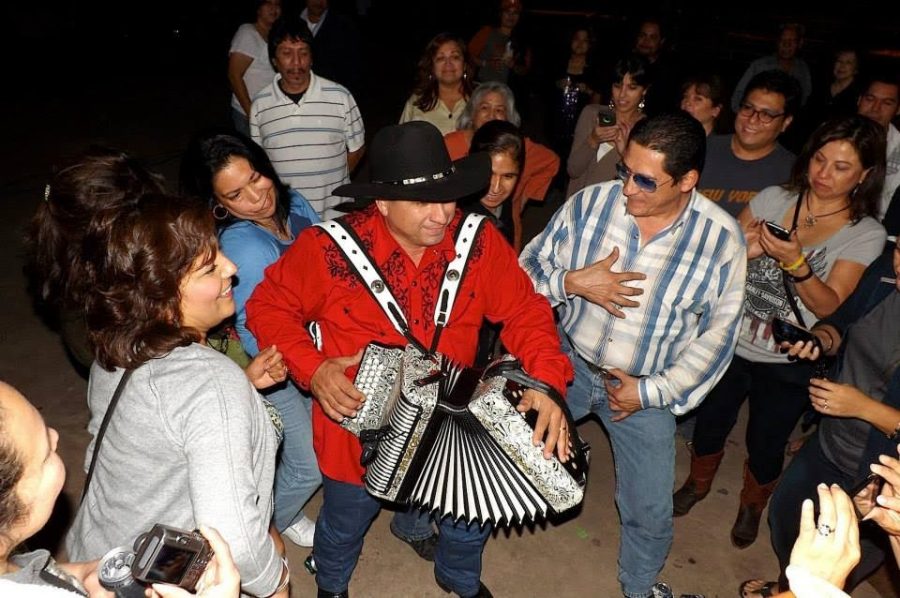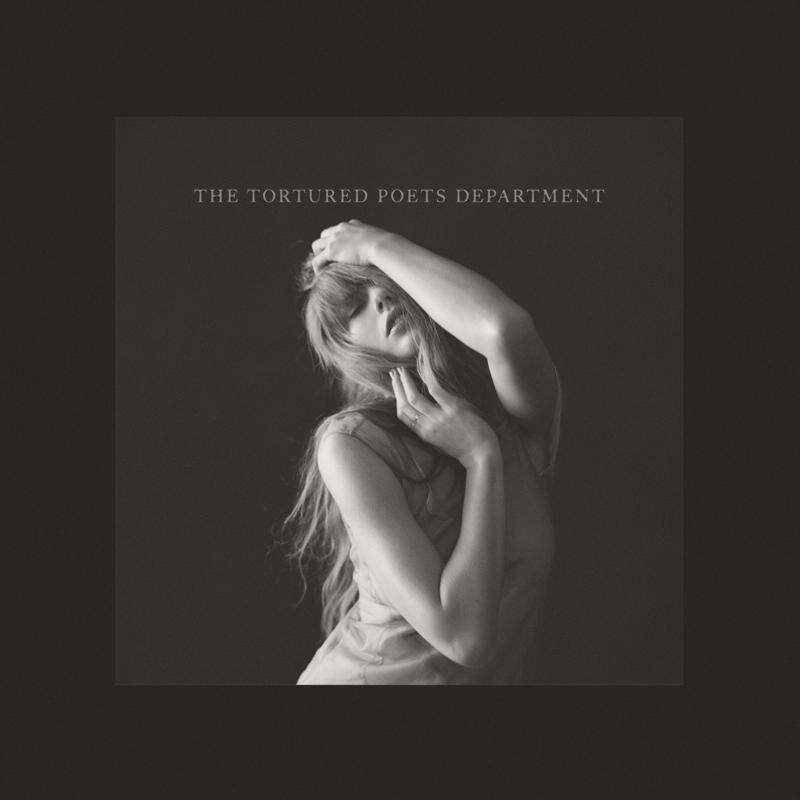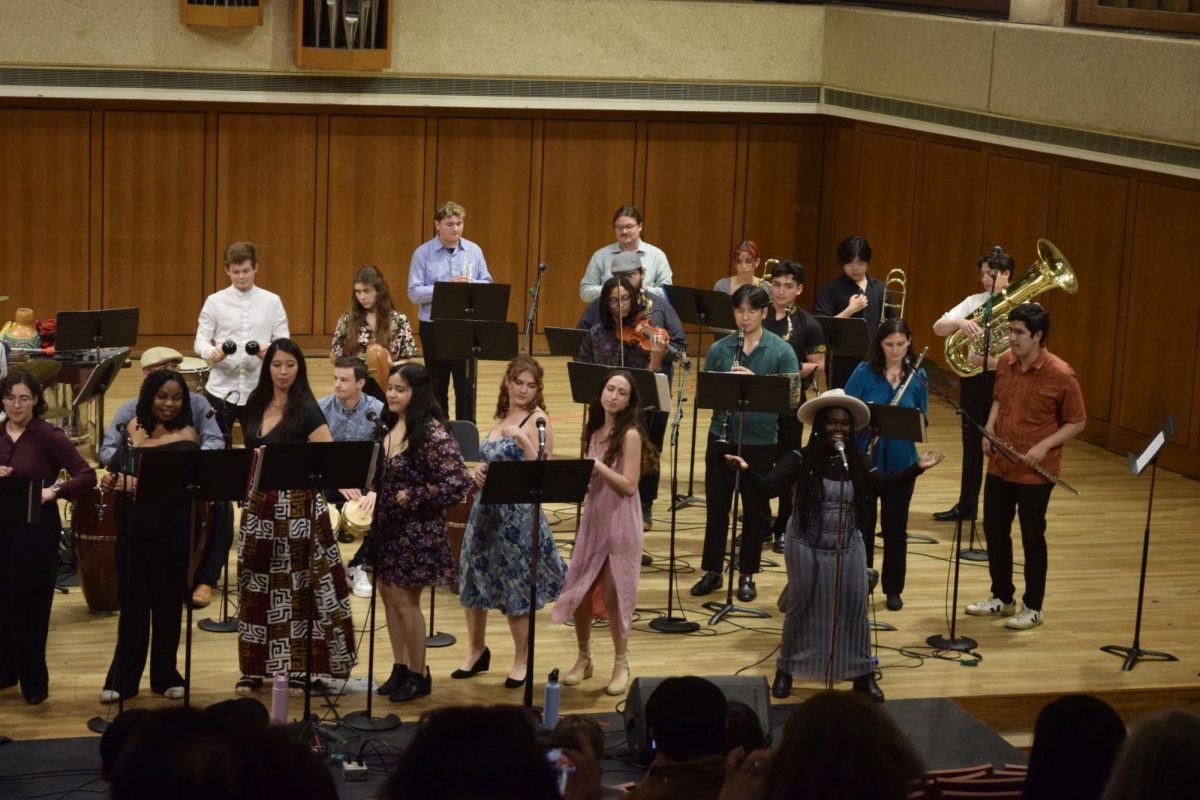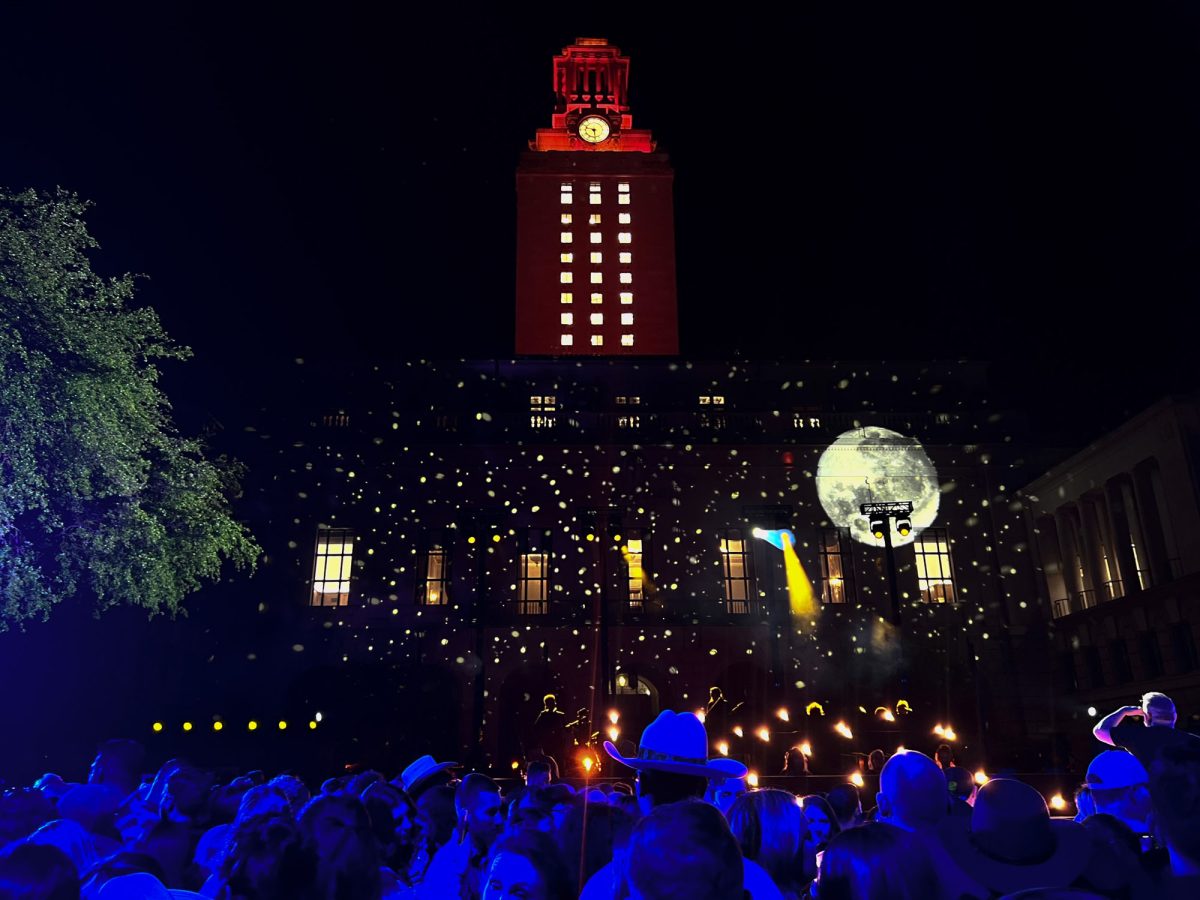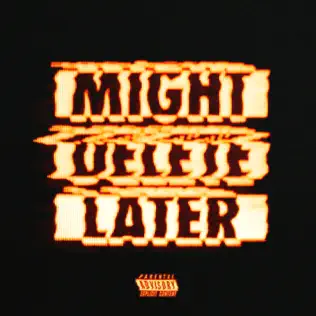Back home in San Antonio, Radio-television-film junior Rigo Navaira and his sister, UT alumna Destiny Navaira perform Tejano music for a crowd of all ages. But here in Austin, they notice a different vibe.
The crowd is older and venues are smaller. This, they said, is different from the memories of their childhood, when their uncle, Tejano legend Emilio Navaira, would play for large and diverse Austin crowds.
Despite having a small presence at South By Southwest Music Festival, the current Tejano scene in Austin revolves primarily around a series of night clubs like OK Corral, The Texas Club of Austin and Dance Across Texas in South Austin.
Andy Martinez, a retired teacher who wrote his dissertation on the history of Tejano music, said Austin used to be one of the hubs of Tejano music. Today, the industry is flooded with acts from other genres, and Austin’s scene doesn’t compare to its thriving counterpart in San Antonio.
“Some of Tejano music’s biggest stars were either from Austin and its surrounding areas or frequently played here in the ’70s through ’80s,” Martinez said.
Although the closure of several prominent Tejano venues, such as Tejano Ranch in 2015, indicates the waning of the Tejano music scene, demographics information from Austin City Council said the population of Hispanics in Austin is about 35 percent, a 12 percent increase from 1990. For Frankie and Aggie Sanchez, members of the Austin Tejano Music Coalition, this growth in the local Hispanic population shows a disparity in Tejano music representation.
“It’s important to have a music scene that represents the people who live in the area,” Frankie Sanchez said. “Many of the Hispanic people who live here are fifth or sixth generation Texans. Tejano music is part of the cultural heritage of these people and it’s something that we need to preserve.”
The Austin Tejano Music Coalition was created to support the genre in Austin. Through events such as Tejano Idol, a competition that targets the younger generation, the organization hopes to attract new people to Tejano music.
Rigo and Destiny, represent the new generation of Tejano music with their band, Remedio. Both siblings were nominated for Tejano Music Awards this November in San Antonio.
“I definitely notice a difference between the scenes here in Austin and in San Antonio,” Rigo said. “What’s here is a lot more underground.”
Destiny said Tejano musicians in Austin are overshadowed by a high volume of acts in the live music capital of the world.
“Rap, hip-hop, R&B and other genres are what most of the younger people in Austin listen to, and there’s plenty of opportunities for people to go listen to that live,” Destiny said. “Tejano acts in Austin usually draw out people in their 30s to 50s, which makes it different from the Valley and in San Antonio where you can find all ages.”
As she listens to music from the younger generation of artists, ATMC secretary Christina Gonzales said the Tejano genre itself is beginning to change.
“The younger generation likes cumbias so the younger artists are starting to pick up on that and move away from the more ranchero-like style,” Gonzales said.
Destiny said these changes may have to occur before Tejano music is adopted widely in Austin.
“The legends are fantastic,” Destiny said. “But as younger artists start to play, they’re listening to other types of music that inspire what they make themselves.”



